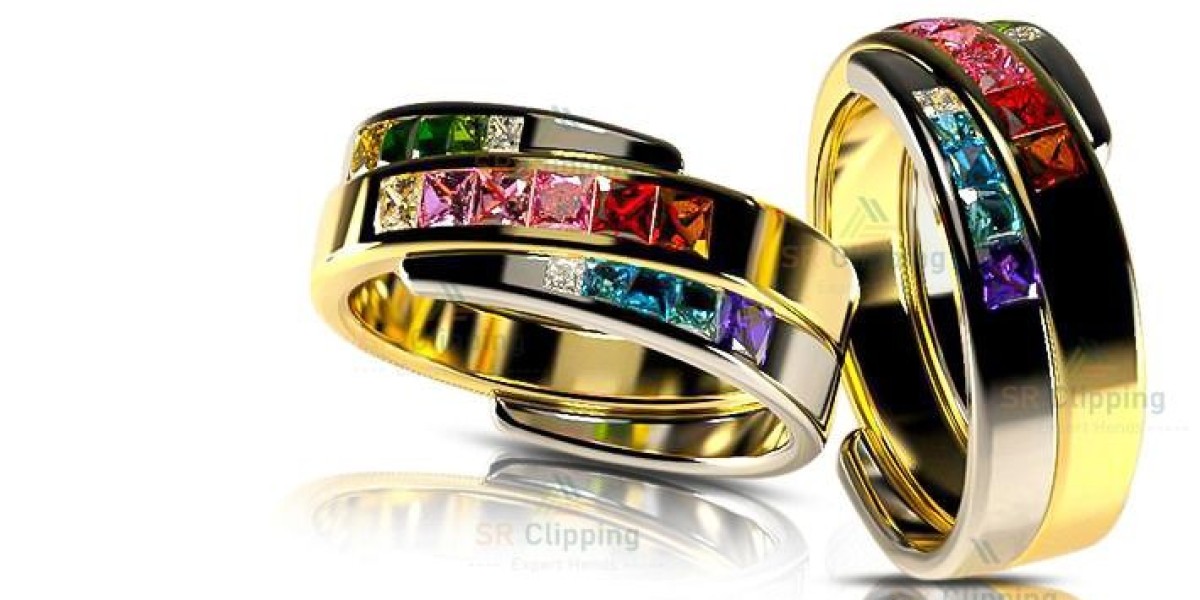Why Jewelry Retouching is a Game-Changer
Even the most beautiful jewelry pieces can look underwhelming in raw photos. Dust, smudges, or uneven lighting can dull the sparkle and hide the intricate details. Jewelry retouching allows you to fix these imperfections, enhance the natural beauty of the piece, and create visuals that look both professional and captivating. It’s not just about making things look “better”—it’s about showcasing the craftsmanship and elegance that customers expect to see.
Key Techniques for Jewelry Retouching
If you’re looking to master jewelry retouching, here are some essential techniques to focus on:
1. Clean Up the Background
A clean, distraction-free background is crucial for jewelry images. Most jewelry photos look best on a solid white or transparent background, but you can also use soft gradients for a more luxurious feel. Use tools like the Pen Tool in Photoshop for precise background removal and to ensure the jewelry edges are sharp and smooth.
2. Remove Dust and Imperfections
No matter how carefully jewelry is handled, dust, fingerprints, and scratches can still show up in photos—especially in high resolution. Using tools like the Spot Healing Brush or Clone Stamp, you can clean up these imperfections. This step ensures the jewelry looks polished and professional, which is essential for creating trust with customers.
3. Correct Colors
The colors of gemstones and metals need to look vibrant and true to life. For instance, gold should have a warm, rich tone, while diamonds should sparkle with clarity. Tools like Hue/Saturation and Color Balance can help you refine the colors and make the jewelry pop without looking unnatural.
4. Enhance Light and Shadows
Lighting is everything in jewelry photography. Sometimes, the raw image might not fully capture the sparkle or depth of the piece. By enhancing highlights and adding subtle shadows, you can give the jewelry a more three-dimensional look. This creates a sense of realism and elegance.
5. Bring Out the Details
Jewelry often has intricate details that deserve to be highlighted. Use sharpening tools to enhance textures like engravings or tiny gemstones. The goal is to make the jewelry look crisp and defined without over-editing.
6. Add a Touch of Sparkle
Gemstones, especially diamonds, should sparkle in photos. Subtle adjustments to brightness and contrast can make all the difference. You can even add a touch of glow to specific areas to make the piece stand out.
Conclusion:
Jewelry retouching is both an art and a science. It requires a keen eye for detail and the right tools to make the jewelry look as stunning in photos as it does in person. For photography studios, mastering these techniques can set you apart and help you create visuals that clients will love. With practice and patience, you can turn ordinary jewelry photos into works of art that truly shine.






